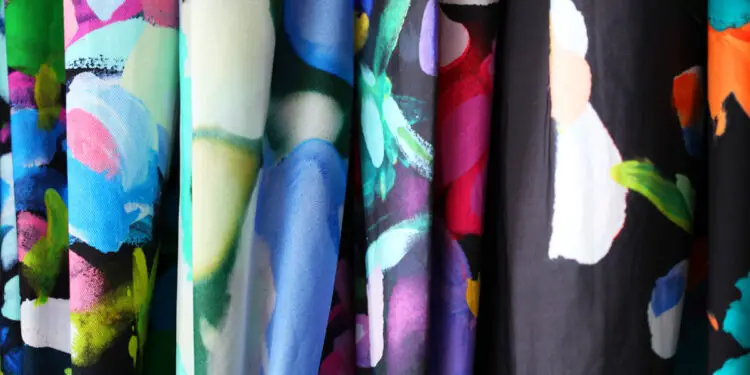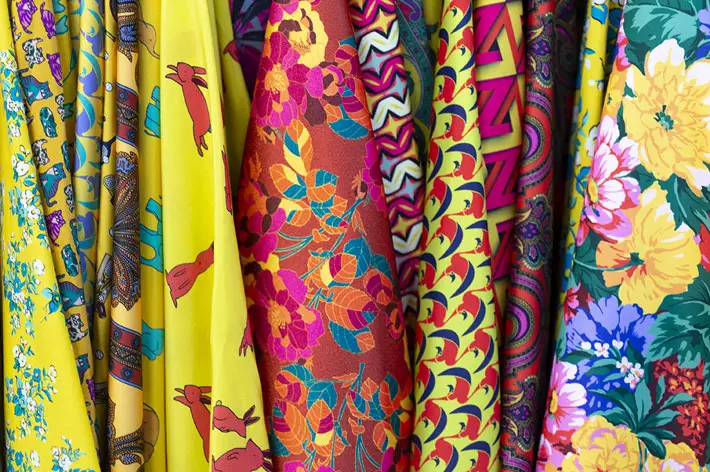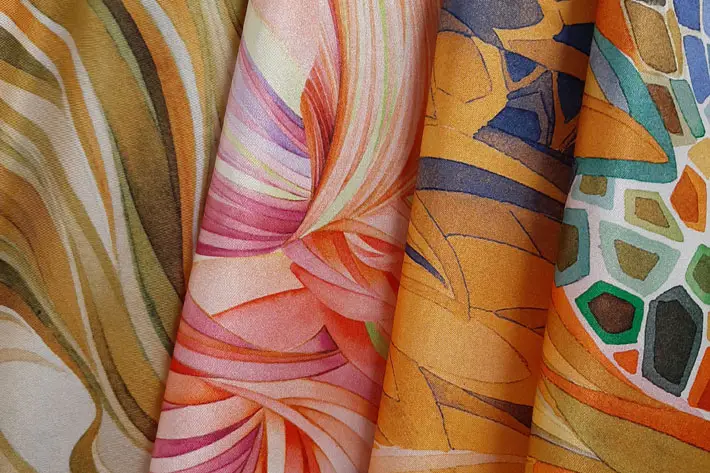The Legendary Production of Silk

Legend has it that the Chinese empress Hsi Ling Shih was sipping tea in the shade of a mulberry tree filled with silkworms when a cocoon fell from the plant into her steaming cup. She observed with amazement as the casing took on the form of a bundle in the tea. She grabbed one end and unravelled a thread that was endless metres long.
The birth of silk therefore dates back to the dawn of time, around three thousand years before Christ, based on the inseparable link between the silkworm and its sole food, the mulberry leaves.
Production of different silk fabrics
These days we’re more familiar with cotton fabrics that might use good value wholesale heat transfer vinyl in their production. But the production of silk involves various operations. The cocoons, once dried, for their conservation are sifted according to thickness, then sorted by hand based on their quality and defects, then sent to spinning mills for reeling. This technique involves maceration in stream-heated water tanks, which softens the outer layer of the cocoon.
The next phase is brushing, carried out by brushing machines, which locates the filament ends and spins the silk baves together based on their diameter, forming a single raw strand that is twisted, washed and wound into skeins.
The type of silk fabric made depends on the size of the yarn, or denier, its degree of twist and the weave used. There are four groups of fabrics: plain weaves or taffetas, twills, satins and, lastly, jacquards. The strength of the fabric depends on the type of fibre. Organzine, for example, has a long, twisted fibre and is very resistant, while bourette, derived from silk waste, has a short fibre and therefore very low resistance.
Silk fabrics have a homogenous structure, but with different characteristics in terms of softness, consistency, strength, thickness and heaviness. It all depends on the type of yarn used in the weft. The silk threads arranged in the warp, on the other hand, determine the length of the fabric itself and are perpendicular to the silk threads in the weft.
Different qualities of silk
Among the qualities of silk used the most in the world of fashion and sought after at stylists’ ateliers, without doubt we can find satin, shantung and taffeta. Satin has a shiny right side and a dull back. Its weight per metre varies from 250 to 400 grams. It is ideal for making evening dresses and jackets, especially intended for women’s wardrobes. In men’s fashion satin is used above all for tuxedo lapels and for matching cummerbunds and bowties.
Shantung is originally from a province in northern China, almost as if to pay homage to the nation that has made silk weaving an art more than any other. Shantung is a silk fabric with an irregular appearance, characterised by slubs that are considered a virtue rather than a defect. Its weight per metre ranges from 250 to 500 grams; it is mainly used for high-end women’s gowns.
Silk taffeta is a shinier fabric than satin and has a smoother texture than shantung. It is very cool and particularly suitable during the summer. There is also a more beaten, and therefore heavier version called silk poplin. Its weight varies from 220 to 230 grams per metre and is suitable for making jackets.
For more detailed information, refer to “The ancient but ever new art of silk” by Ratti, now a leading world player in the production of high-end fabrics and accessories.











